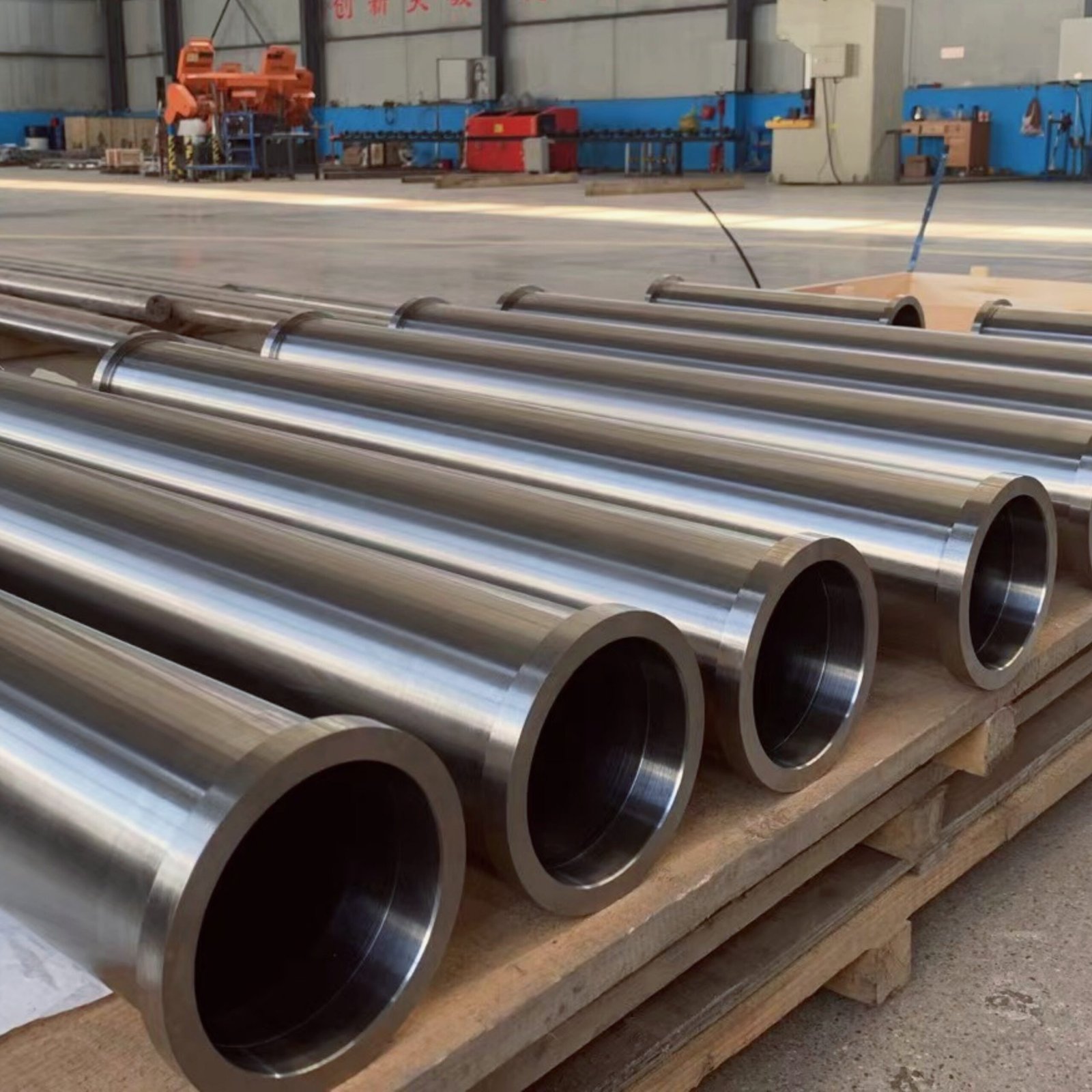Introduction
The deep ocean represents one of the last unexplored territories on our planet, covering more than 70% of Earth’s surface yet remaining largely unknown. At its deepest point, the Mariana Trench plunges nearly 11 kilometers below sea level—an environment more hostile than the surface of Mars. For decades, scientists and engineers have struggled to design vessels capable of surviving this crushing abyss. Among the many materials tested, titanium has emerged as a critical enabler of these daring missions. Its strength, corrosion resistance, and unique performance under pressure have transformed it into the backbone of modern deep-sea exploration technology.
The Harsh Realities of the Deep Sea
Exploring the hadal zone, the region deeper than 6,000 meters, means confronting extreme forces. At the bottom of the Mariana Trench, water pressure exceeds 1,100 bar—comparable to having a thousand tons pressing on every square meter of a vessel’s surface. Ordinary steel would deform, and aluminum would collapse almost instantly. Beyond the pressure, saltwater itself is an aggressive enemy. It promotes pitting, stress corrosion cracking, and galvanic reactions, all of which weaken structural materials over time. On top of this, submersibles must remain lightweight enough to achieve buoyancy and maneuverability. Designing for such conditions requires a material that can endure both physical and chemical extremes while keeping weight under control.
Why Titanium Stands Out
Titanium offers a remarkable strength-to-weight ratio, with about half the density of steel but comparable strength in many alloy forms. Titanium resists seawater corrosion almost better than any other metal, even in environments saturated with chloride ions. Unlike stainless steel, which relies on a thin protective oxide layer that exposure can compromise, titanium naturally forms a stable, self-healing oxide film that shields it from damage. In addition, titanium maintains its mechanical properties under enormous compressive loads, avoiding the brittle failures that can occur with other metals. Compared to aluminum alloys, titanium is heavier but vastly more reliable at extreme depths, which is why it has become the preferred material for deep-sea pressure hulls.
Titanium Submersibles: Case Studies
History has shown titanium’s decisive role in deep-sea exploration. In 2012, filmmaker James Cameron piloted the Deepsea Challenger into the Mariana Trench, descending nearly 11,000 meters. Critical components of the submersible relied on titanium to endure hours of crushing pressure. China’s Jiaolong and later Fendouzhe manned submersibles took titanium engineering even further, using forged titanium alloy spheres as pressure hulls. These spheres, meticulously machined to tolerances within millimeters, allowed scientists to safely conduct experiments at the ocean’s deepest points. Russia also experimented with titanium-hulled submarines during the Cold War, recognizing its unmatched balance of strength and corrosion resistance. Each of these examples illustrates not just titanium’s importance, but also the immense engineering effort required to shape it into life-saving structures.
Engineering Titanium for the Abyss
Turning titanium into a reliable deep-sea pressure vessel is one of the greatest challenges in modern metallurgy. Large titanium ingots must be forged into near-perfect spheres, with walls often exceeding 90 millimeters in thickness. Machining must achieve flawless precision, since even a hairline defect could act as a stress concentrator under deep-sea pressure, leading to catastrophic failure. Welding titanium adds another layer of complexity: engineers must conduct the process in a strictly controlled inert atmosphere to prevent contamination from oxygen or nitrogen, which can embrittle the material.Once built, titanium hulls undergo rigorous hydrostatic pressure tests, often in specialized chambers that simulate depths far beyond those intended for operation. International standards, including those from classification societies like ABS and DNV, set strict requirements for such testing, ensuring absolute reliability before deployment.
Beyond Exploration: Titanium’s Broader Ocean Future
Titanium’s role in the ocean extends beyond scientific expeditions. As global interest grows in deep-sea mining for rare earth elements and metals, engineers now consider titanium for drilling heads, pipelines, and structural supports that must resist decades of high-pressure, corrosive exposure.Offshore oil and gas industries already use titanium for heat exchangers, riser systems, and critical valves where reliability is non-negotiable. In renewable energy, titanium shows promise in tidal turbines and wave-energy converters that must survive harsh marine conditions. Looking even further ahead, concepts for underwater research stations and human habitats are likely to depend on titanium, providing safe and durable shelters for scientists and possibly even future commercial operations. Its ability to combine durability with biocompatibility makes it not only a structural material but also one that harmonizes with long-term human presence underwater.
Conclusion
Titanium is not simply another engineering alloy—it is the key that unlocks humanity’s passage to the ocean’s deepest frontiers. Its ability to withstand crushing pressure, resist relentless corrosion, and deliver long-term structural stability has already enabled record-setting dives and groundbreaking research. As humanity looks to the ocean not just as a frontier of discovery but also as a source of resources and renewable energy, titanium’s role will only expand. From pressure hulls that survive 11,000 meters below the surface to subsea infrastructure that endures for decades, titanium stands as the indispensable bridge between human ambition and the harsh reality of the deep sea. The story of deep-sea exploration is still being written, and titanium will remain at its core.



